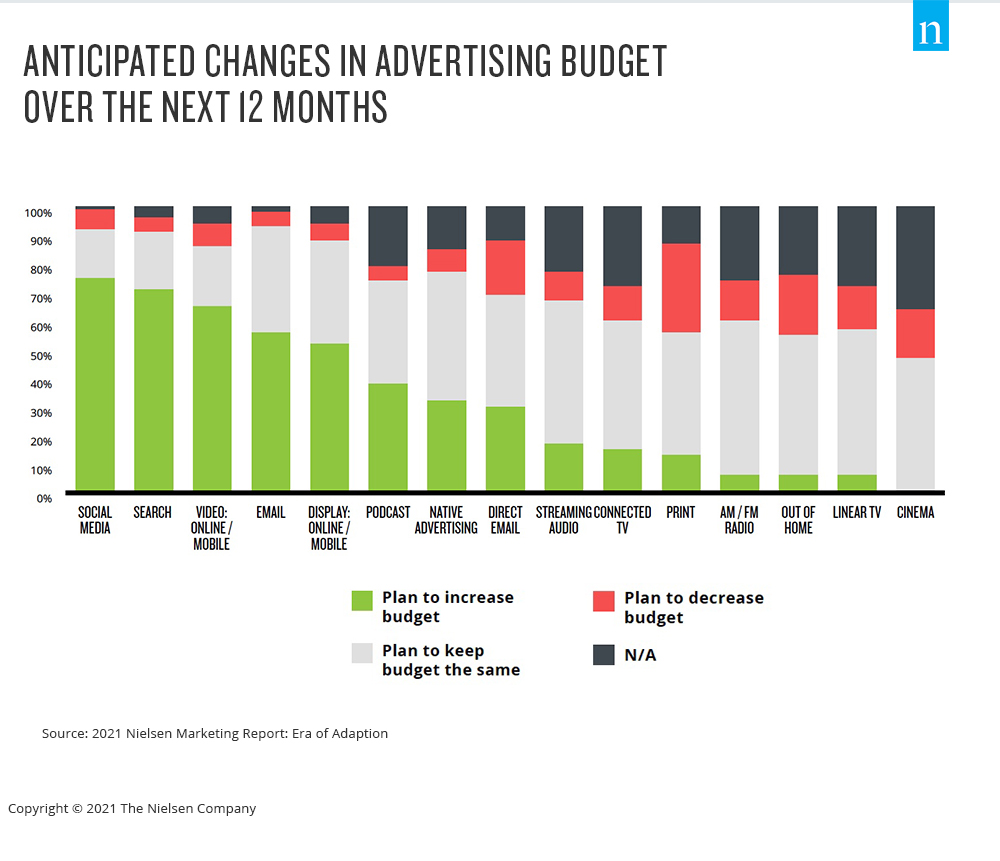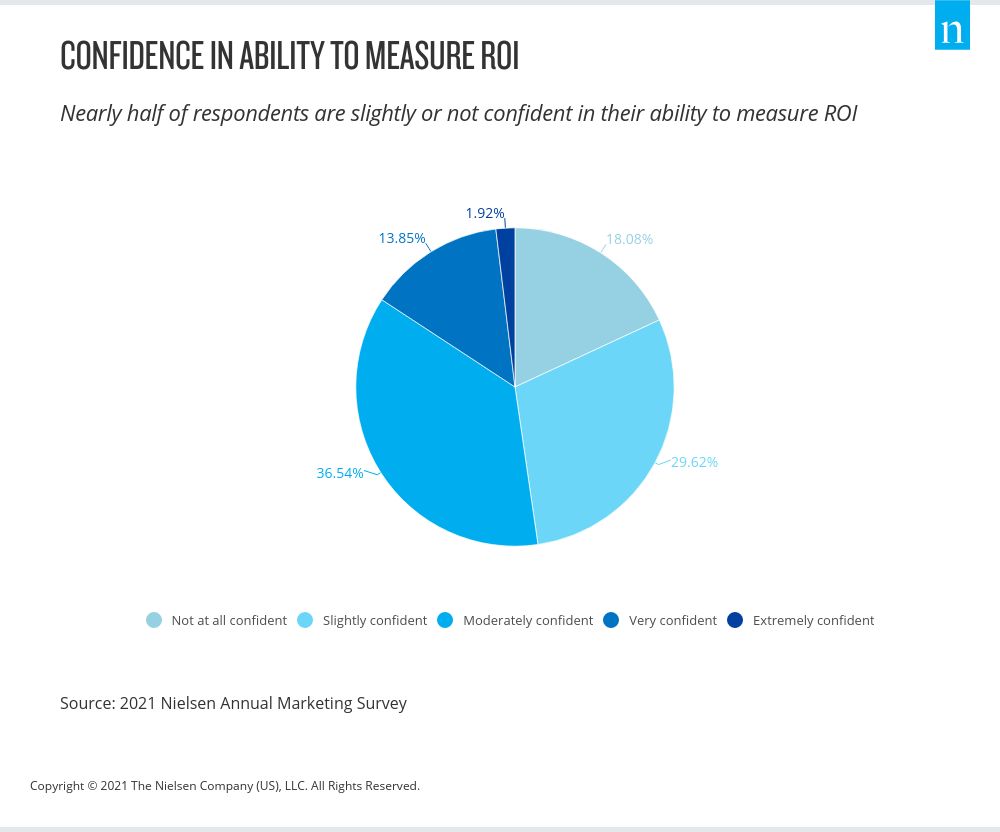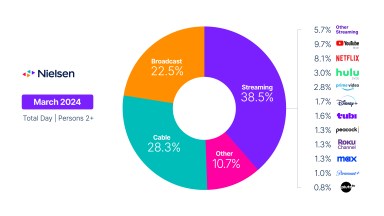There is no shortchanging the pandemic’s impact on e-commerce adoption, but after living with COVID-19 for more than a year, it’s critical that brands understand that not all online shopping ends with an electronic purchase. And that’s precisely why omnichannel strategies can’t solely focus on the point of purchase.
According to research from NielsenIQ, COVID-19 fueled a 50% increase in U.S. omnichannel shopping last year, but less than half of the activity led to online purchases. Said differently, many omnichannel shoppers use digital channels for information rather than simply an electronic means to an end. That means that omnichannel marketing strategies that fixate on e-commerce buying exclude a significant portion of consumers—those whose shopping touchpoints include, but don’t end in, a digital one.
The needed adjustment is nuanced, but critical: Create seamless experiences from touchpoint to touchpoint instead of between on- and offline purchasing experiences. Omnichannel business and marketing strategies have grown increasingly important in recent years, but data collected for this year’s Nielsen Annual Marketing Report suggests that marketers need to focus more on creating holistic experiences for consumers.
According to the report, brands of all sizes rank customer acquisition as their top marketing objective for the year. While this should be expected given the need to think about sales growth after all that 2020 involved, survey respondents plan to increase their marketing in a few select channels rather than more comprehensively.

In today’s digitally amplified media landscape, it makes perfect sense to boost spending in channels like social media and search. But brands can’t afford to ignore the step in the consumer journey that follows those specific touchpoints. They need to invest in the other steps too if they’re going to be successful omnichannel marketers. And that, for many marketers, presents a different challenge: measurement.
Given the pull back in advertising last year, the pressure to prove return on investment (ROI) couldn’t be higher for marketers. That means measuring across all the channels brands allocate funding to, no matter how small the allocation. This is where we see a correlation between spending allocation and confidence in measurement: Brands plan to increase spend where they are most confident in their measurement ability. The caveat here is that confidence in measurement across channels is notably lacking.

The marketers we surveyed value owned and earned media tremendously, and they have a high interest in understanding cross-platform reach. Spend in digital channels will certainly increase going forward, particularly in a pandemic, but owned media (websites, email) need to be fundamental considerations as well. Given the reduced physical interaction between brands and consumers, each brand’s digital presence needs to work that much harder.
If marketers are truly looking to improve customer acquisition, they need to ensure that every communication channel serves a purpose in the journey. To do this effectively, they need the right data to personalize tactics and the ability to measure the impact of their efforts in order to act quickly. And that means marketers need to invest in the right tech while considering privacy and identity as they iterate on their strategies.
For additional insights, download the 2021 Nielsen Marketing Report: Era of Adaptation.



